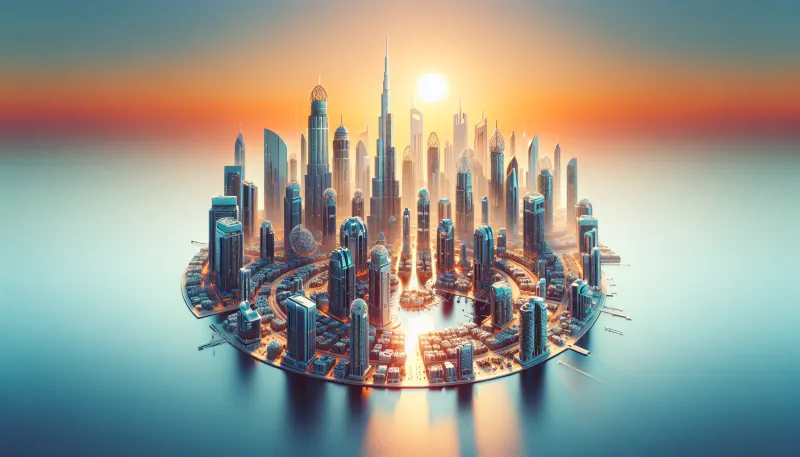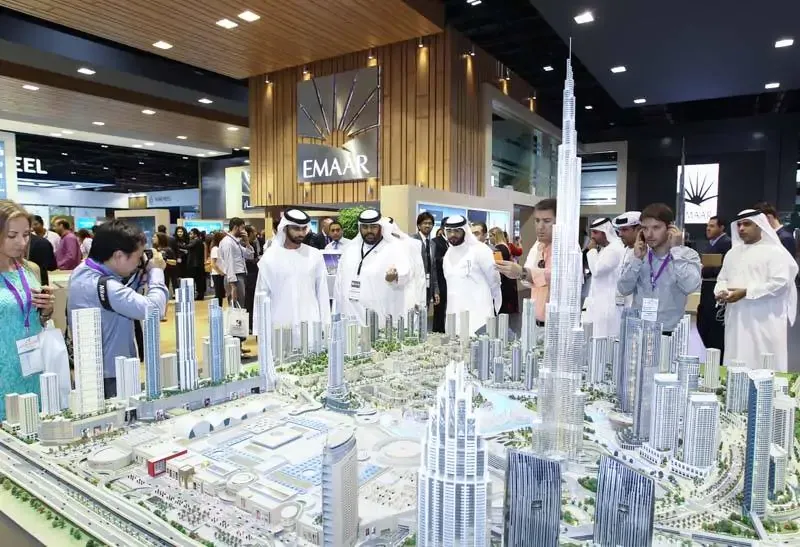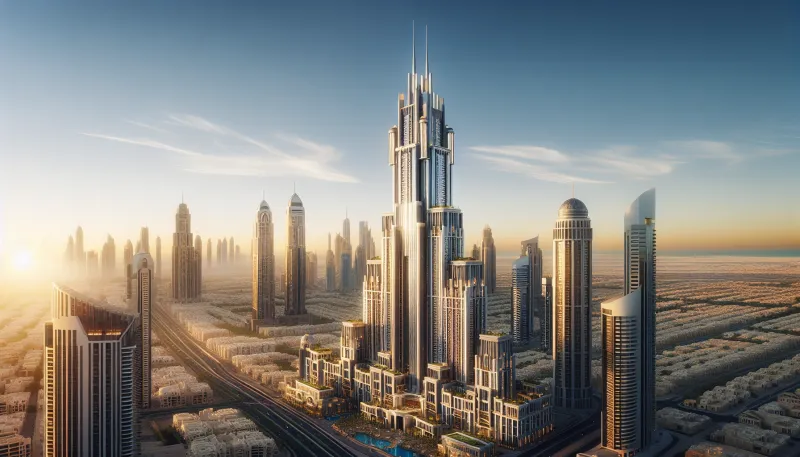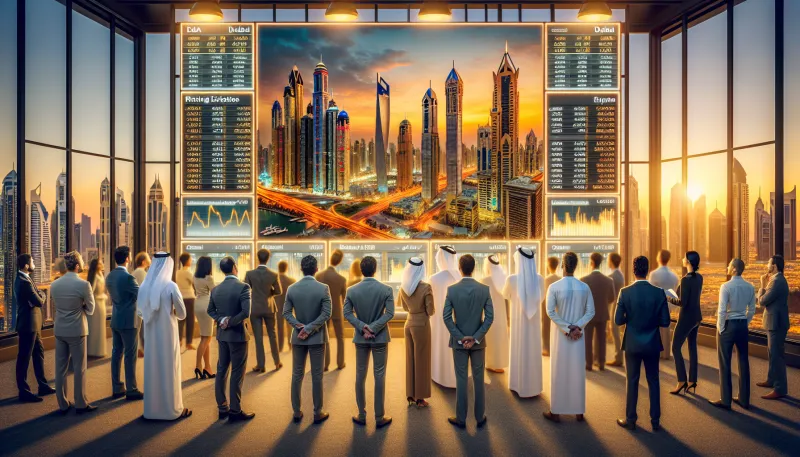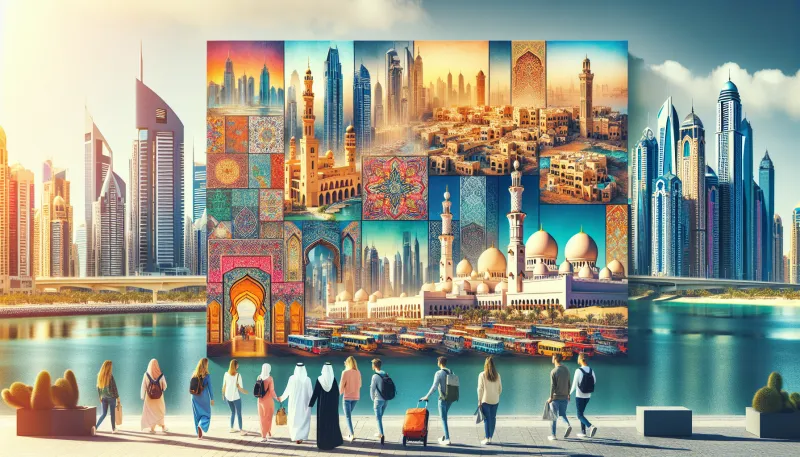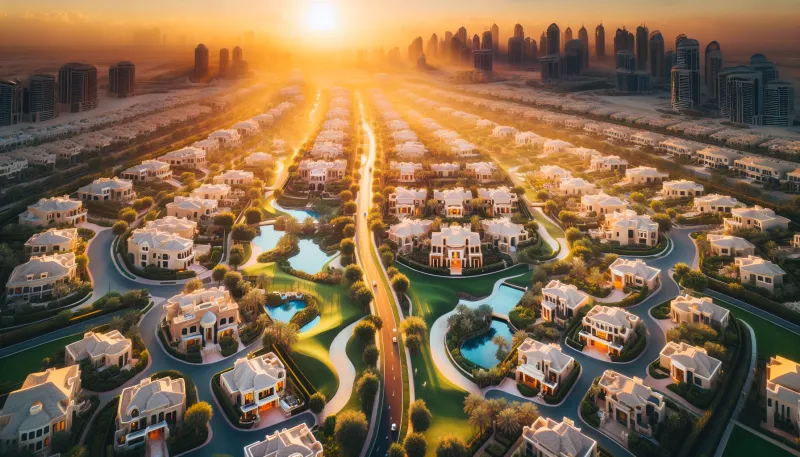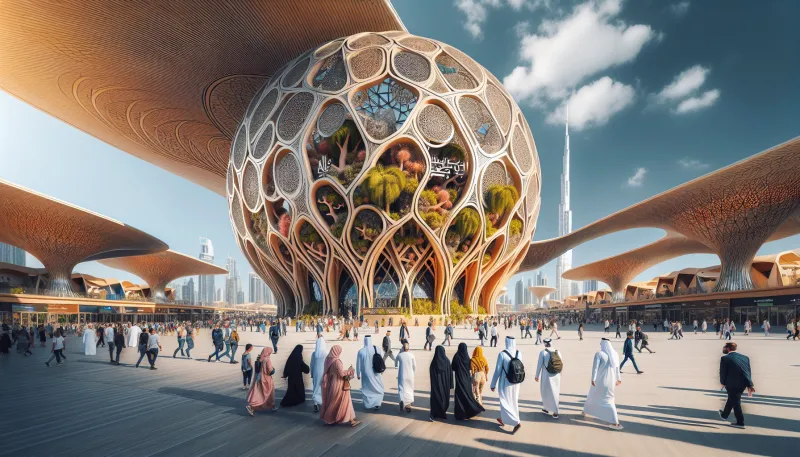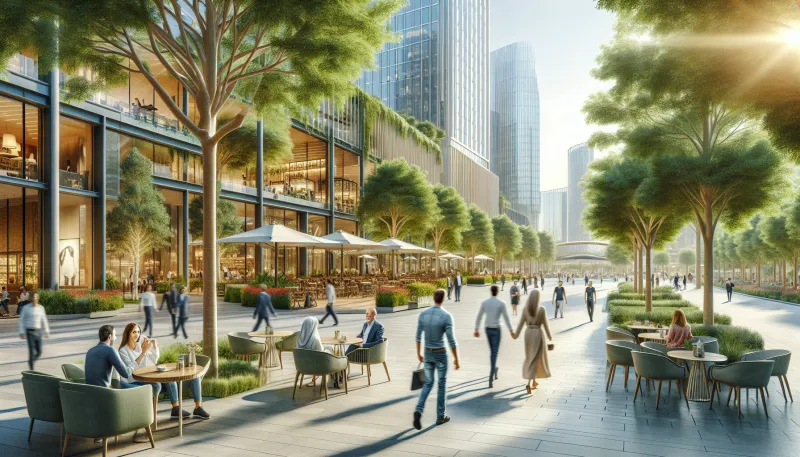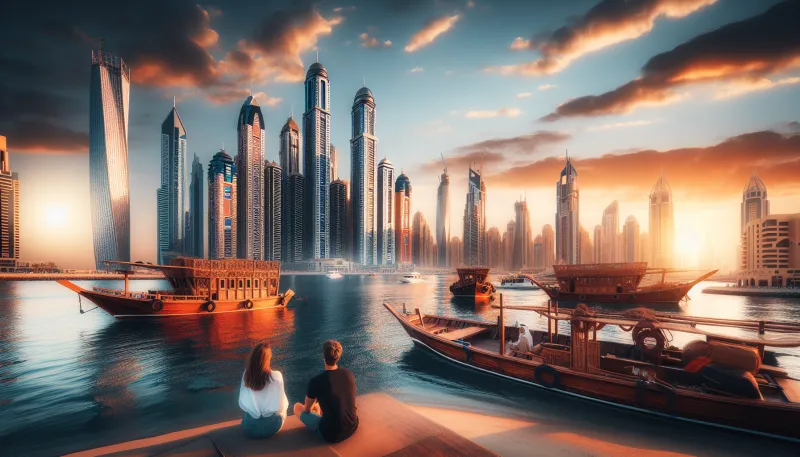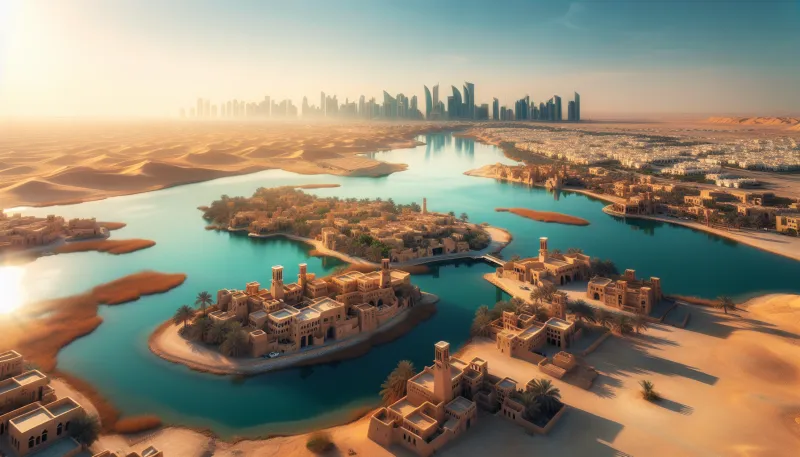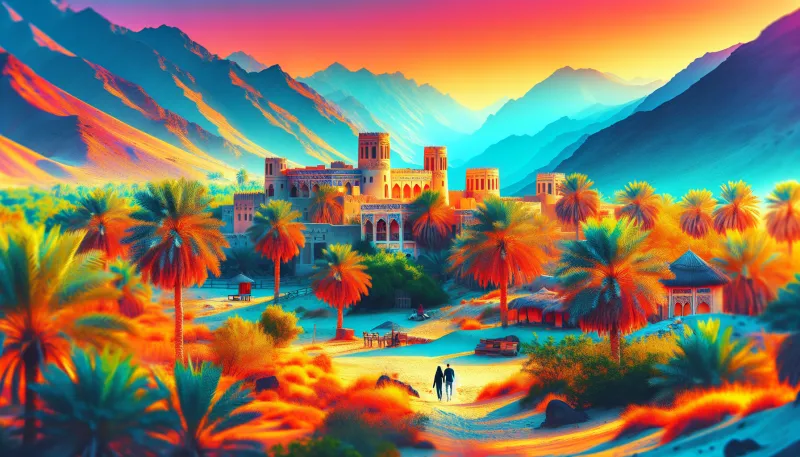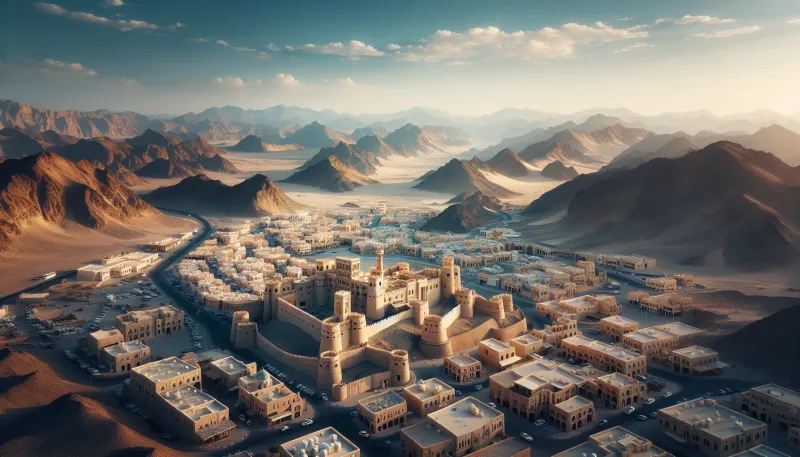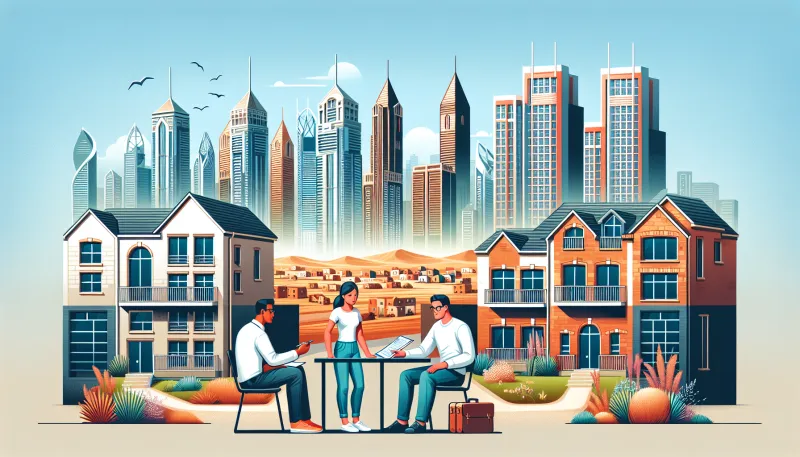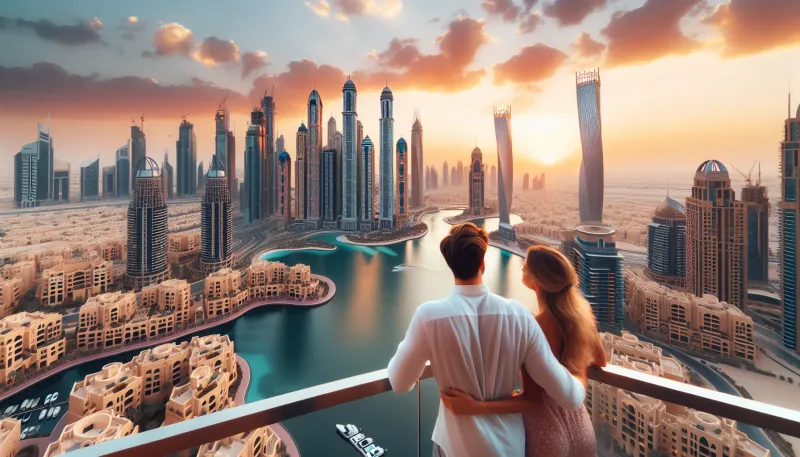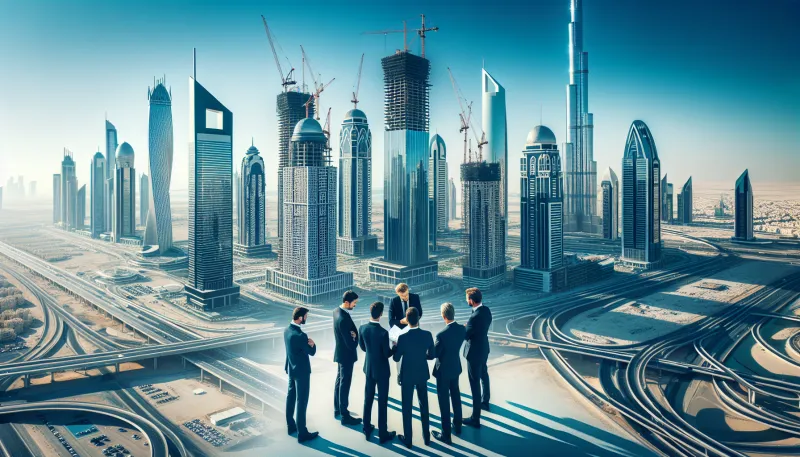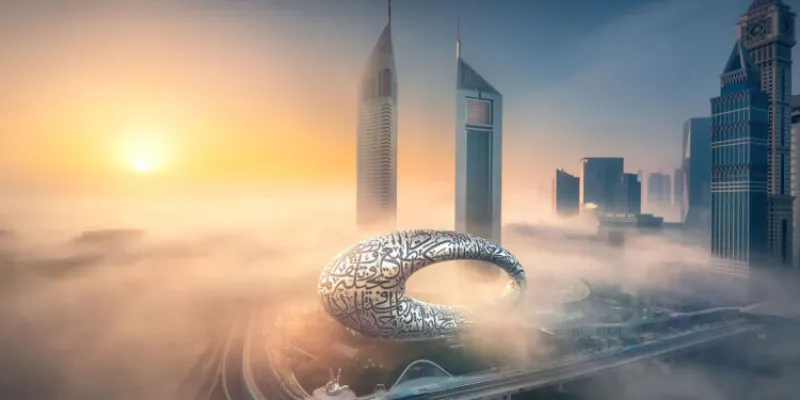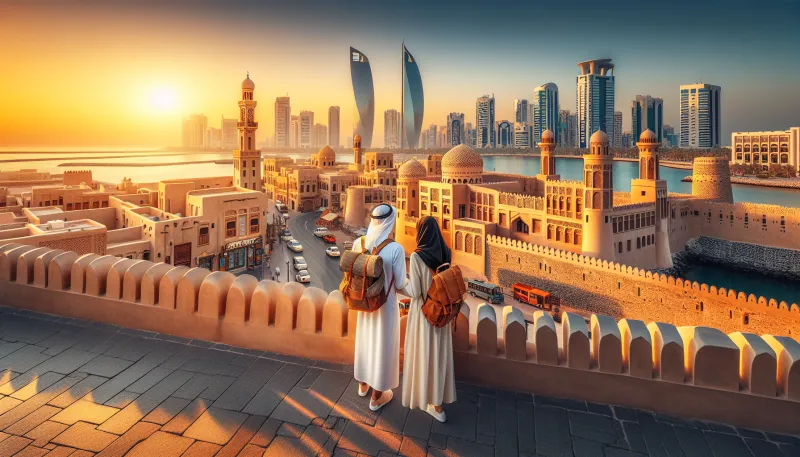
The rich history of Sharjah: from ancient times to modern heritage
Sharjah, one of the United Arab Emirates' most culturally vibrant emirates, boasts a deep and varied history that spans thousands of years. From its early settlements to its rise as a cultural hub, Sharjah's historical journey reflects the evolution of the Arabian Peninsula and its people. This article explores the key events, influences, and milestones that have shaped Sharjah into the emirate it is today.
- Ancient settlements and archaeological discoveries
- The era of the pearl trade
- The rise of the Al Qasimi dynasty
- British protectorate and the Trucial States period
- Formation of the United Arab Emirates
- Preservation of cultural heritage
- Sharjah’s role in education and the arts
- Economic diversification and modernization
- Sharjah today: balancing tradition and progress
Ancient settlements and archaeological discoveries
Sharjah's history dates back to prehistoric times with archaeological sites such as Mleiha revealing human activity from the Neolithic period onward. Excavations have uncovered tombs, pottery, and tools indicating that early inhabitants practiced hunting, fishing, and rudimentary farming. These discoveries highlight Sharjah’s role as a cradle of early civilization on the Arabian Peninsula.
The era of the pearl trade
Before the discovery of oil, Sharjah thrived as a center for pearl diving and trading. The emirate's coastal location on the Persian Gulf made it an important hub for pearling fleets that contributed significantly to the economy. Pearling shaped social and economic structures, linking Sharjah with markets in India, Persia, and beyond.
The rise of the Al Qasimi dynasty
The Al Qasimi family emerged in the 18th century as rulers of Sharjah and neighboring Ras Al Khaimah. They established a maritime power known for both trade and naval prowess. Their influence extended across the Gulf, though their name became associated with conflict with British forces due to piracy claims, leading to several treaties during the 19th century.
British protectorate and the Trucial States period
In the 19th and early 20th centuries, Sharjah became a part of the Trucial States under British protection. This arrangement aimed to maintain peace and secure trade routes in the region. The period was marked by treaty agreements and relative stability, setting the stage for the modernization and eventual unification of the emirates.
Formation of the United Arab Emirates
Sharjah played a crucial role in the creation of the United Arab Emirates in 1971. As one of the six founding emirates, Sharjah’s ruler was a key participant in the negotiations that united the separate sheikhdoms into a federation. This political milestone significantly altered Sharjah’s trajectory, fostering rapid development while preserving cultural identity.
Preservation of cultural heritage
Sharjah has committed significantly to preserving its rich heritage. Museums, restored forts, and traditional souks reflect its deep history. The Sharjah Heritage Area, including sites such as Al Hisn Fort and the Sharjah Museum of Islamic Civilization, demonstrates a devotion to cultural education and tourism.
Sharjah’s role in education and the arts
Distinct from its neighbors, Sharjah has cultivated a reputation as a center for education and the arts. Institutions like the American University of Sharjah and the Sharjah Art Foundation underscore the emirate’s dedication to intellectual and creative growth. Its designation as the UNESCO World Book Capital in 2019 further highlights its cultural prominence.
Economic diversification and modernization
While oil has brought wealth to the UAE generally, Sharjah has prioritized diversification. Industry, tourism, manufacturing, and real estate have developed extensively. Infrastructure projects including ports and transport networks have linked Sharjah internationally, supporting a modern economy integrated with tradition.
Sharjah today: balancing tradition and progress
Today, Sharjah balances rapid modernization with respect for its past. Cultural festivals, architectural conservation, and social initiatives coexist with skyscrapers and innovation hubs. This ongoing effort shapes an emirate proud of its legacy yet forward-looking, continuing to influence the wider Gulf region culturally and economically.
Real Estate Market Researcher in the UAE and Middle East


